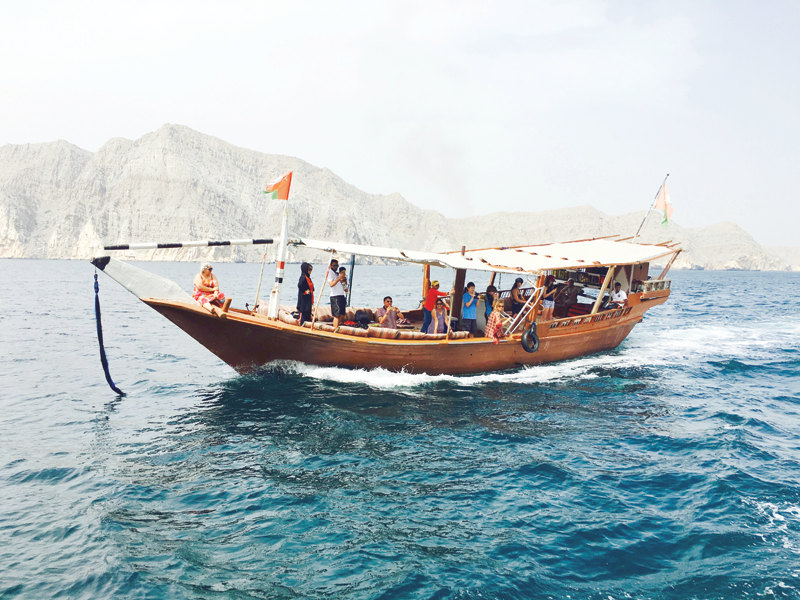

Tourism is the most happening industry; no two ways about it. Travel and stay options that suit every pocket have turned everyone into a potential tourist. Global tour operators are busy selling package deals to large groups of tourists, giving rise to mass tourism. But across the world, local resentment is simmering against the devastating impacts of mass tourism.

Venice can be an indicator. That small tourism hotspot, with a population of just 55,000, witnessed 28 million tourists walking on its streets and sites of ancient glory. That could be really intimidating for the locals. Valeria Duflot, co-founder of Venezia Autentica (Authentic Venice), sums up the anxiety: “Venice is being turned into a theme park, which is resented by locals and visitors alike.”
Thousands of Venetians recently took to the streets shouting slogans against mass tourism. “Mi no vado via (I’m not leaving)”, they cried, referring to how locals’ lives have been thrown out of gear due to the ridiculously large number of visitors. Local people have formed various organisations aimed at protecting Venice’s heritage and identity from tourist onslaught.
While in Barcelona, demonstrators waved banners that read “This isn’t tourism, it’s an invasion,” reflecting the anguish among locals, who decried the city’s thriving but mismanaged tourism industry. Last year, 18 million people stayed in Barcelona’s hotels and holiday apartments, beyond the 12 million day-trippers the city received. Interestingly, the city’s inhabitants number just 1.6 million.
While mass tourism targeting hot destinations makes business sense for tour operators, and boosts national economies, it doesn’t make any sense for the residents in those destinations. Resistance is slowly but strongly building against mass tourism in various places in Europe and elsewhere. Governments have come to realise the threat, and some have started implementing strategies to curb unbridled tourism.
Mass tourism — defined as tens of thousands of tourists visiting the same destination at the same time of the year, mostly as part of a group package deal by tour operators — is a threat to local culture and identity as well as the environment.
But to clip the wings of a flourishing tourism industry is by no means easy or pleasant for authorities. Because it’s the largest employer — one in every 11 people has their earnings pinned on the industry globally — and is a key driver of national economies. Clearly, national tourism strategies demand utmost clarity, vision and purpose to strike the right balance.
Beyond government controls, each one of us, as a responsible being, must realise that a visa or travel ticket isn’t a ticket to unfettered freedom. We must listen to our conscience and go for only responsible, guilt-free holidaying options.
With oil prices on the downside, the Sultanate accords high priority to developing its tourism sector. Oman’s tourism industry has grown significantly. Last year, tourist inflow logged a 16-per cent rise, with visitors exceeding 3 million, whereas the Omani population stands at less than 2.5 million.
Even as tourism features high on the Sultanate’s economic diversification agenda, the government has been cautious in its approach to promoting tourism. Significantly, Oman never favoured mass tourism, even as it looks to boost tourism’s GDP share to 6 per cent by 2040.
Oman’s tourism strategy 2040 aims to position the Sultanate as an upscale, prime luxury tourism destination and lure high net worth international visitors who value quality and exclusivity. The strategy envisions a cluster approach that strives to redefine experiential tourism in different regions by focusing on strong local culture and heritage values.
The tourism ministry expects to attract some 5 million international tourists to Oman annually by 2040. But the focus obviously is on sustainable tourism, and the cluster strategy gels with this, as it looks to develop some 14 mini destinations that include coastal lands in Musandam, old cultural spots in Muscat, forts and mountainous villages in Al Dakhiliyah, frankincense route in Dhofar and coastal areas of Al Sharqiyah. These clusters are best suited for small groups of visitors.
Meanwhile, we see the rise of tour operators that don’t endorse mass tourism. The UK-based Responsible Travel is one such company offering sustainable, small group tours. Such responsible tour operators encourage the visitors to positively engage with the communities they visit. This is economically beneficial to the local people including farmers and artisans, who can sell their products and services to the visitors.
By partnering with local operators and transporters and encouraging tourists to stay in locally owned hotels and home stays, such tour operators ensure that the money spent by visitors circulates in the local community. Some tour operators go a step further and get themselves involved in local conservation projects and community support initiatives.
With each tour having a small number of visitors, there is considerably less environmental and social impacts on local communities.
Let’s hope more and more tour operators and destination management companies across the world shun the lure of mass tourism, which by all means merits the epithet “runaway tourism”.
T V SARNGA DHARAN NAMBIAR
Oman Observer is now on the WhatsApp channel. Click here



